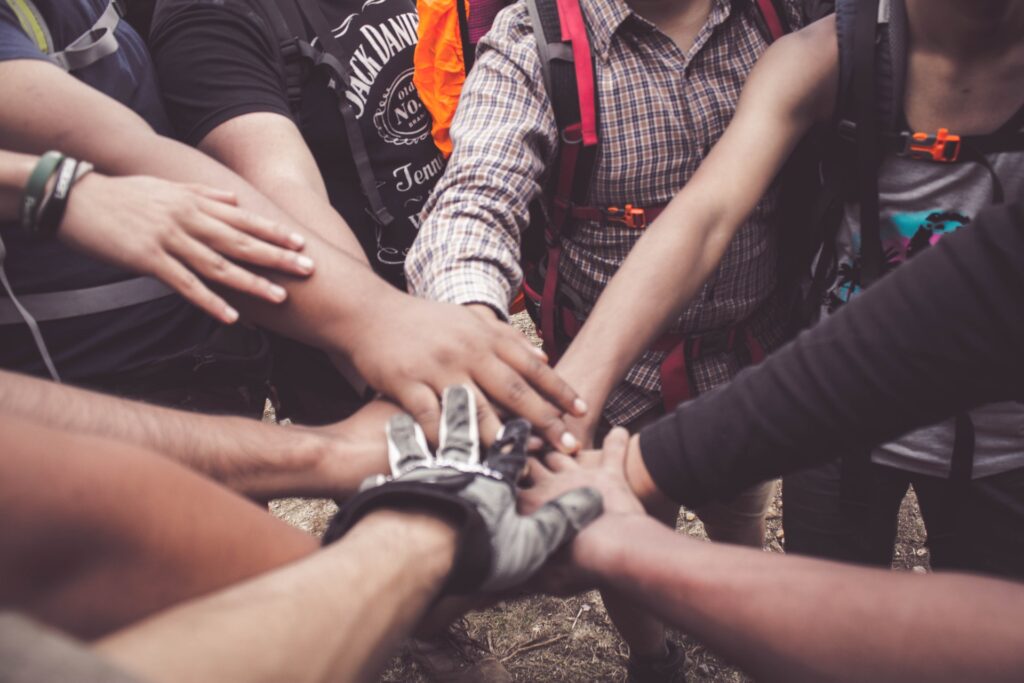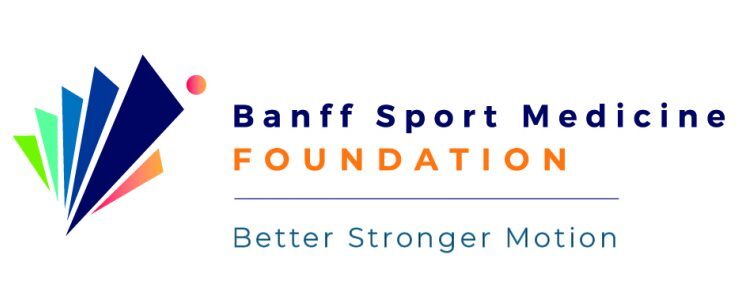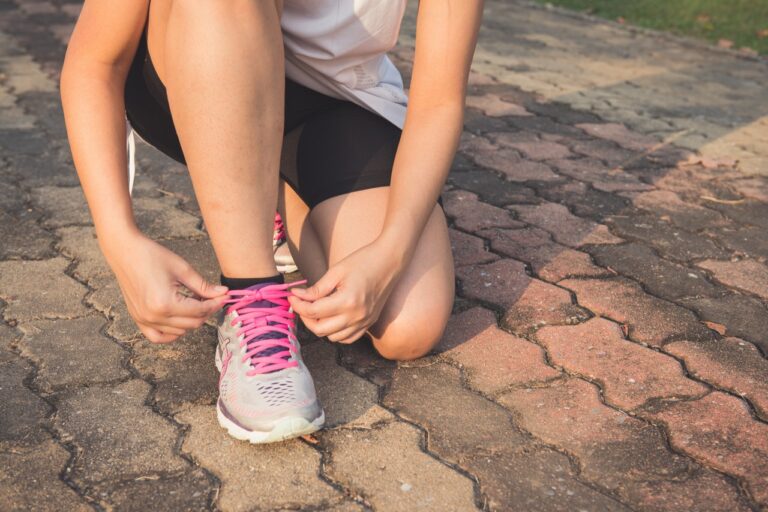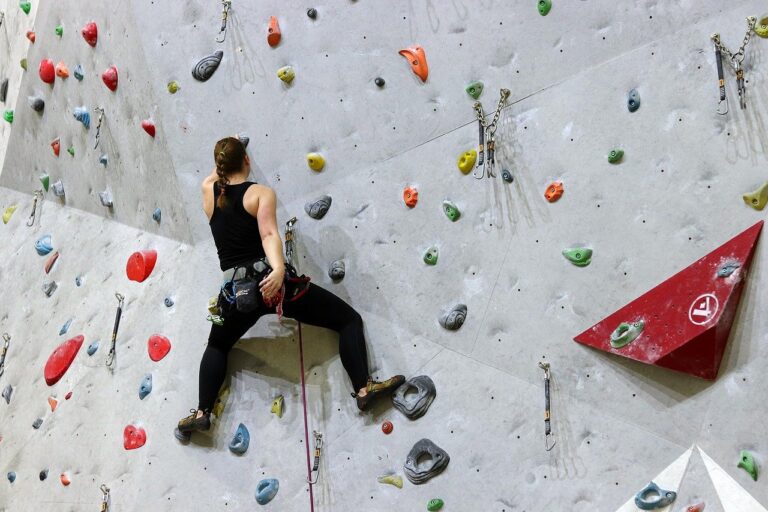A Current Clinical Research Collaboration
What happens to the bone after an Anterior Cruciate Ligament (ACL) injury?
This is the question our Research Team hopes to help answer as part of a three year clinical research collaboration with the Bone Imaging Laboratory at the McCaig Institute for Bone and Joint Health, University of Calgary.
Previous research has shown that anywhere from 10% to 90% of individuals who injure their ACL go on to develop post-traumatic knee osteoarthritis (OA) within 10 to 20 years.
OA is a debilitating condition that causes pain, swelling of the joint, and reduced range of motion, leading to substantial reductions in mobility, activity, and quality of life.
Read Ernie’s Story: a prior patient that suffered from OA
This is particularly significant considering the majority of individuals that sustain their first ACL injury are under the age of 30.
The Bone Imaging Laboratory at the McCaig Institute for Bone and Joint Health, University of Calgary, has initiated a clinical research study to visualise the damage that occurs to the knee joint immediately following an ACL injury.
They are using several imaging techniques, including magnetic resonance imaging (MRI), to see possible bone bruises, as well as to look at the meniscus, ligament, and cartilage, of both the injured and uninjured knee.
The goal of this study is to monitor bone and soft tissue changes that occur in the knee in the first 3 years after an ACL injury, and compare them to the patient’s healthy knee.
The BSMF Research team are screening patients through the Banff Sport Medicine clinic as part of this study.
Patients that have sustained an ACL injury within the prior 6 weeks and that are between 14 to 55 years old and can fully extend their injured knee are screened for inclusion in the study.
Have you had an ACL tear recently and think you might be eligible for this study? Read the SALTAC II Poster first….
What are the real world impacts of this clinical research?
The results of this clinical research study are expected to provide new knowledge on factors that increase the risk of degenerative joint disease such as OA.
Knowing what these risk factors are will help researchers, clinicians and care providers improve strategies for disease diagnosis, management and treatment.
Ultimately, the results of this study will help find solutions to alter the course of post-traumatic OA!







